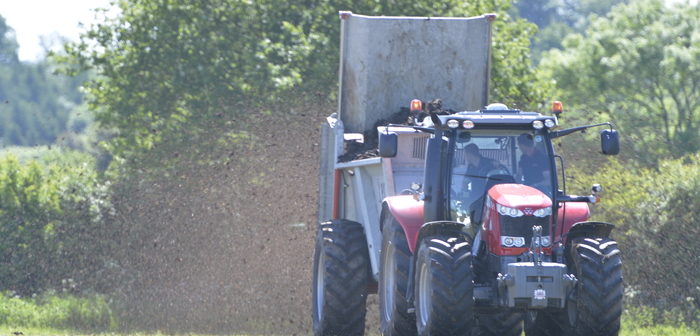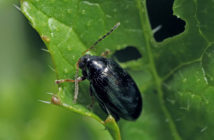Pressure to optimise crop nutrition is growing. Rising prices makes nutrient losses through run off, volatisation and nitrate leaching not just harmful to the environment, but increasingly damaging to the bottom line.
Richard Orr, Monitor Farmer in Northern Ireland, neatly illustrated the financial impact at a meeting in Downpatrick. His fertiliser costs could rise from £29,660 to £64,000 this year. While in Yorkshire it’s the combination of costs, tightening enforcement of regulation and the impacts of climate change that prompted Gary Shipley, to explore the use of biostimulants.
Responding to calls for more information, AHDB has facilitated many discussions on Monitor Farms across the country, as well as hosting webinars and sharing knowledge at events.
Despite having different themes – achieving net zero, optimising N use and making the most of muck, for example – there were common threads running through these discussions. Understanding the current nutrient status of soils and, if organic materials are being used, the nutrient value, as well as application timing, are all central to optimising crop nutrition and avoiding unnecessary loses.
“Considering how much N you are going to use is the last thing to do,” noted AHDB Environment Senior Scientist, Dr James Holmes. “Optimising nitrogen is about creating the best use of it by ensuring your soil is in the best possible shape.”
Soil Health integral
Soil health is integral to the efficient and effective use of fertilisers. A healthy soil structure will help prevent leaching and nurture soil biology, which in turn, promotes the nitrogen and carbon cycles.
“Dig holes, evaluate soil structure and improve it where you can,” he advises. “Test your soil’s pH. It is absolutely critical to efficient fertiliser use. Optimise potassium and phosphorous by making sure soils are at the target indexes. If they are above, save your money – this will also help improve soil health. Think about your rotation and introducing peas or beans that will fix nitrogen. Only once you’ve considered all these elements do you start considering the nitrogen.”
Ensuring you only apply what crops need is easier when it comes to synthetic fertilisers. RB209 and SRUC’s technical notes on crop nutrition are both good independent sources of information. When it comes to organic materials, there are more factors to consider.
“Livestock species, diet, bedding type and quantity, water use and storage will all affect the nutrient content of manures and slurries,” explains Dr Lizzie Sagoo. “RB209 gives average figures and while there are lots of data points behind these numbers, laboratory testing is really the only way to get an accurate assessment of the nutrient value of the material you’re applying.
Representative samples
“When gathering samples it’s important to make sure they are representative by mixing a number of sub-samples. In the case of slurry, that means stirring, as the dry matter content settles during storage. It is important to remember this at application too. Later loads – those from the bottom of stores – often contain higher levels of dry matter and nutrients.”
When it comes to applications, timing and technique are key to reducing losses.
“Nitrate leaching is higher when applications are made during the autumn and the early winter period. This is because of the greater rainfall between application and the end of soil drainage in the spring, compared to later winter/early spring applications,” explains Dr Sagoo.
Up to a third of readily available nitrogen can be lost through volatilisation. Applying slurries using precision application kit, such as a trailing hose, a trailing shoe or shallow injection will reduce ammonia loss from slurry applications. While incorporating material will lower losses from solid manures.
Variable rate applications of synthetic fertilisers and urease inhibitors are further tools in the toolkit and quite frankly, with current prices and mounting pressure to reduce run-off and emissions, we need all everything that’s in that box.




